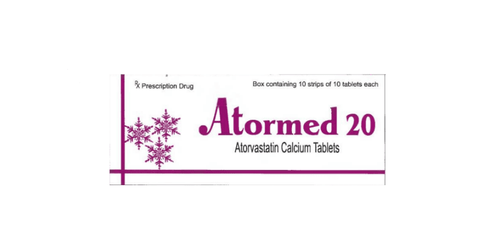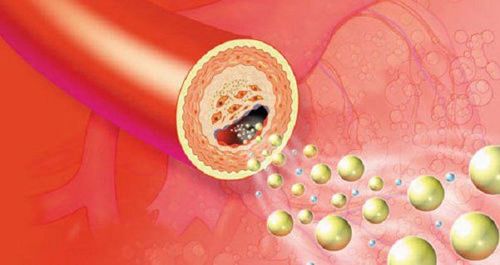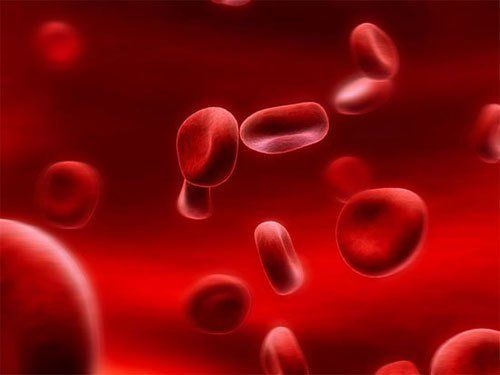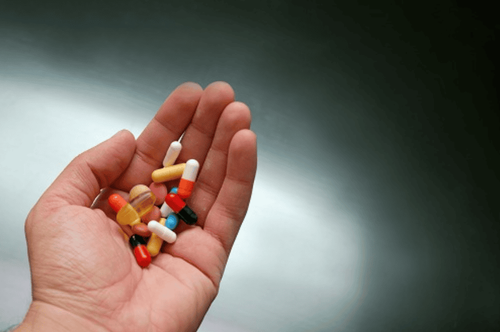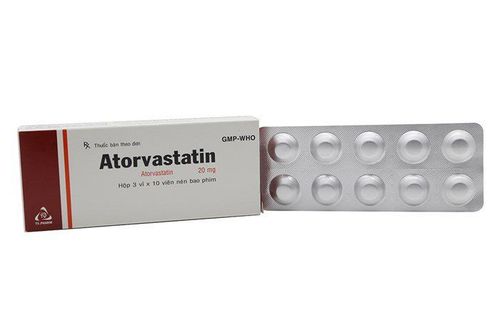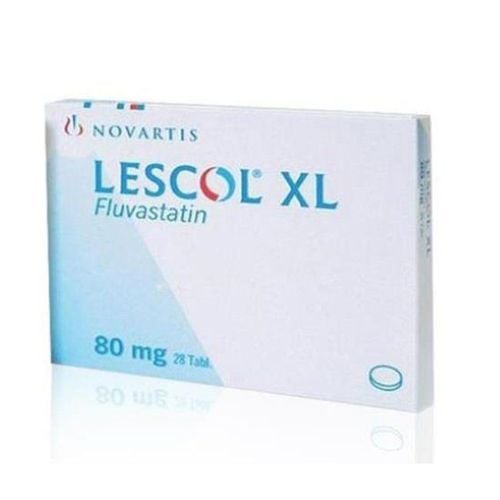This is an automatically translated article.
Article written by Dr, Dr. Phan Nguyen Thanh Binh, Department of Pediatrics - Neonatology, Vinmec Central Park International General Hospital
Dyslipidemia is a common disease, has many different manifestations, is divided into 3 main groups of manifestations: increased risk of atherosclerosis, yellow tumors and other skin manifestations, increased chylomicron syndrome. Nutrition contributes significantly in the treatment of dyslipidemia. So how should the patient eat?
1. What is dyslipidemia?
Dyslipidemia is a disorder of one of the components in lipoprotein metabolism: increased cholesterol, increased triglycerides, increased LDL-Cholesterol or decreased HDL-Cholesterol.
Constant blood lipid concentration of Vietnamese people is
Cholesterol: 3.9-5.2 mmol/l, LDL-Cholesterol: 1.8-3.4 mmol/l, HDL-Cholesterol: 0.9-5.0 mmol/l, Triglyceride 0.4-1.7 mmol /l.
2. How does hyperlipidemia manifest?
Consists of 3 main groups of manifestations:
Increased risk of atherosclerosis: Dyslipidemia is a major risk factor for coronary artery disease.
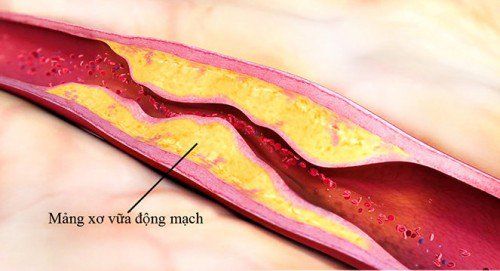
Jaundice and other skin manifestations : Jaundice can help us to think of dyslipidemia such as tendinosis (appears in familial hypercholesterolemia and ApoB deficiency), jaundice in the Achilles tendon and the extensor tendon of the finger (inherited defect in the interaction between LDL and the LDL receptor)... Some other symptoms: xanthelasma (flat yellow tumor), corneal ring. Chylomicron elevation syndrome : occurs when Chylomicron increase. Severe consequences, especially acute pancreatitis, may recur many times.
3. Diet in dyslipidemia
Energy: 1500 - 1700 kcal/day (30 kcal/kg body weight).
Protein: 45 - 60g
1g/kg body weight/day, 12-14% total energy. Encourage fish and plant-based protein sources. Vegetable protein, especially pea protein, is effective in reducing the risk of cardiovascular disease. Should eat leaner meat than fatty meat, bacon, prefer white meat over red meat. Lipids: 25 - 37g,
15-20% of total energy: Saturated fat < 7% of total energy, Non-fat 20% of total energy, Cholesterol < polysaturated: can reach < 10% of energy, Monounsaturated fat: can reach 200mg/day. Foods high in monounsaturated fats such as olive oil, canola oil, sunflower oil, avocados, walnuts, peanuts, almonds.
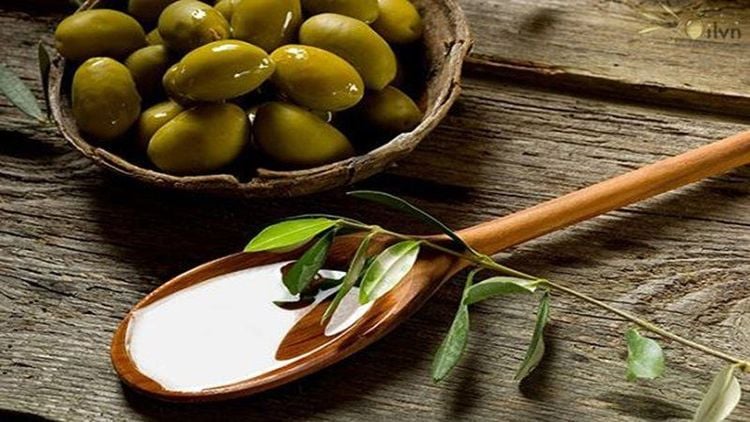
50 - 60% of total energy Use complex carbohydrates with a low glycemic index. Fiber: 20-30 g/day, of which 10-25 g soluble fiber/day
Foods that contain a lot of soluble fiber like cereals (rice with bran, barley, oats) buckwheat), fruits (apple, banana, strawberry, guava, plum...), legumes (black beans, white beans, lentils, peas...), vegetables (broccoli, artichoke, onion, garlic, carrot, spinach, amaranth, jute...).
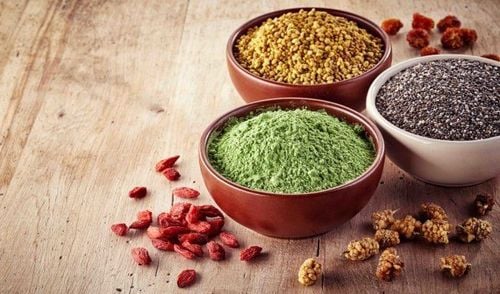
Foods rich in vitamin E: bean sprouts, vegetable oils. Foods rich in β-carotene: carrots, pumpkin, gac fruit, ripe papaya, dark green vegetables. Foods rich in vitamin C: vegetables, especially citrus fruits. Foods rich in selenium: spinach, water spinach, cabbage... Water requirements: 2-2.5 liters/day.Vitamins and minerals: enough according to demand.Limit: alcohol, beer, tobacco,. .. Physical activity: at least 30 minutes per day, reach at least 150 minutes per week, should be done most days of the week, energy consumed by physical activity is at least 200 kcal/day, should start start slowly and gradually increase over time. Appendix Content of cholesterol in food
Periodic health check-ups help detect dyslipidemia early, so that a treatment plan can achieve optimal results. Currently, Vinmec International General Hospital has general health checkup packages suitable for each age, gender and individual needs of customers with a reasonable price policy, including:
Health checkup package general Vip Standard general health checkup package Patient's examination results will be returned to your home. After receiving the results of the general health examination, if you detect diseases that require intensive examination and treatment, you can use services from other specialties at the Hospital with quality treatment and services. outstanding customer service.
Please dial HOTLINE for more information or register for an appointment HERE. Download MyVinmec app to make appointments faster and to manage your bookings easily.





